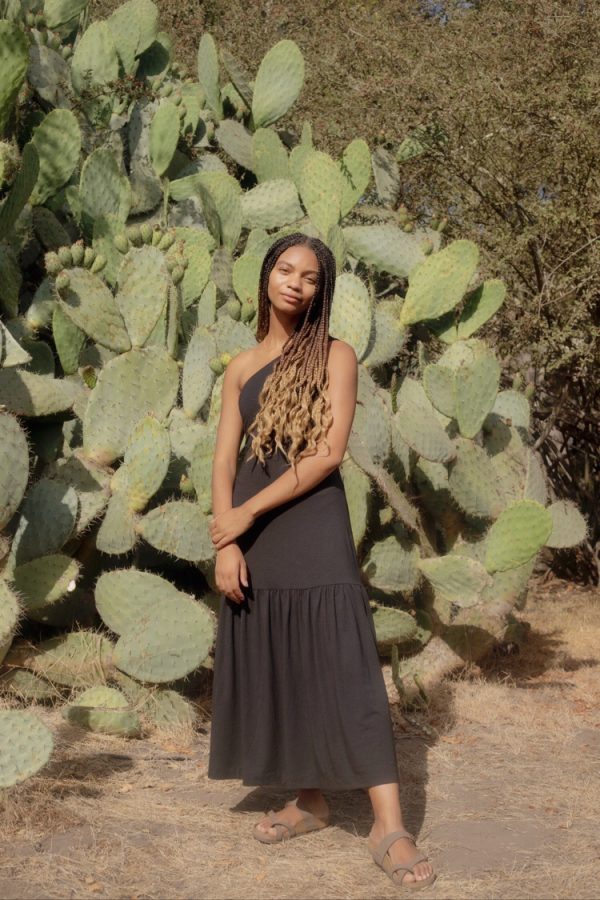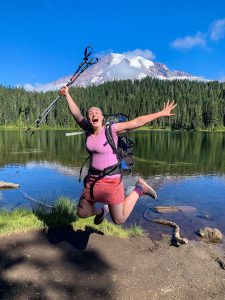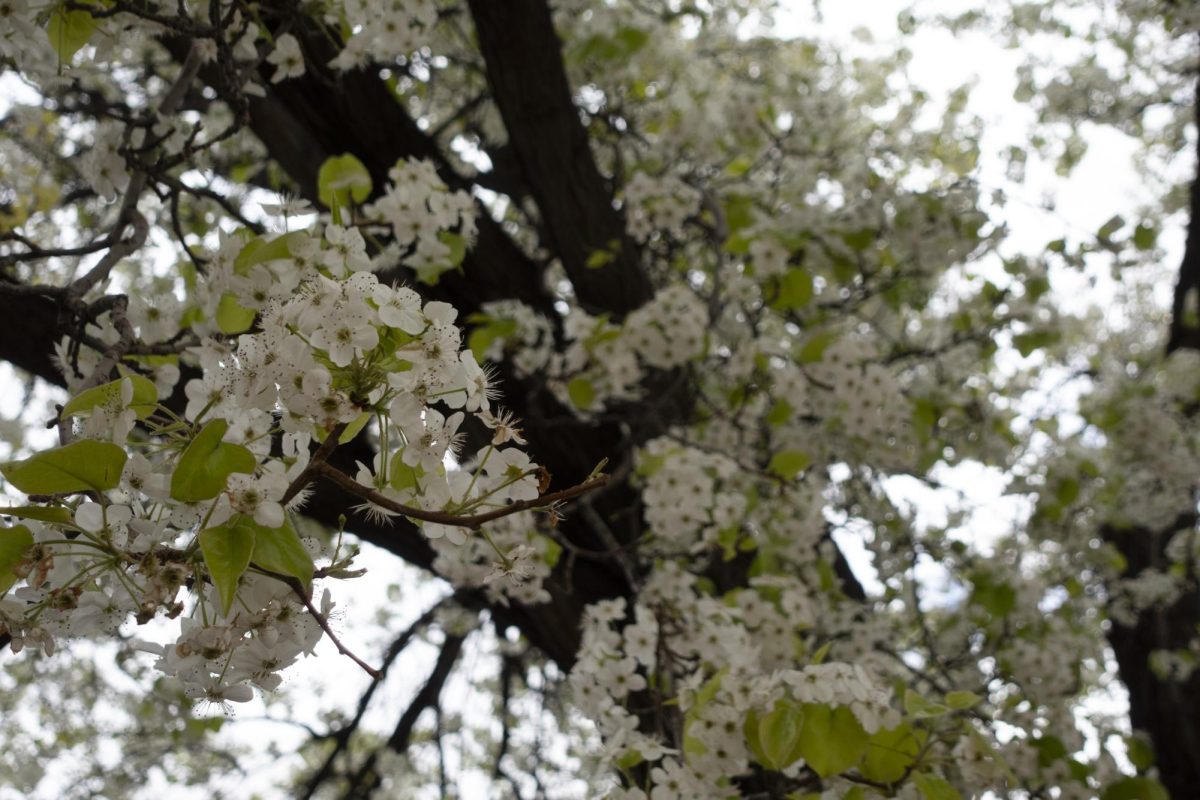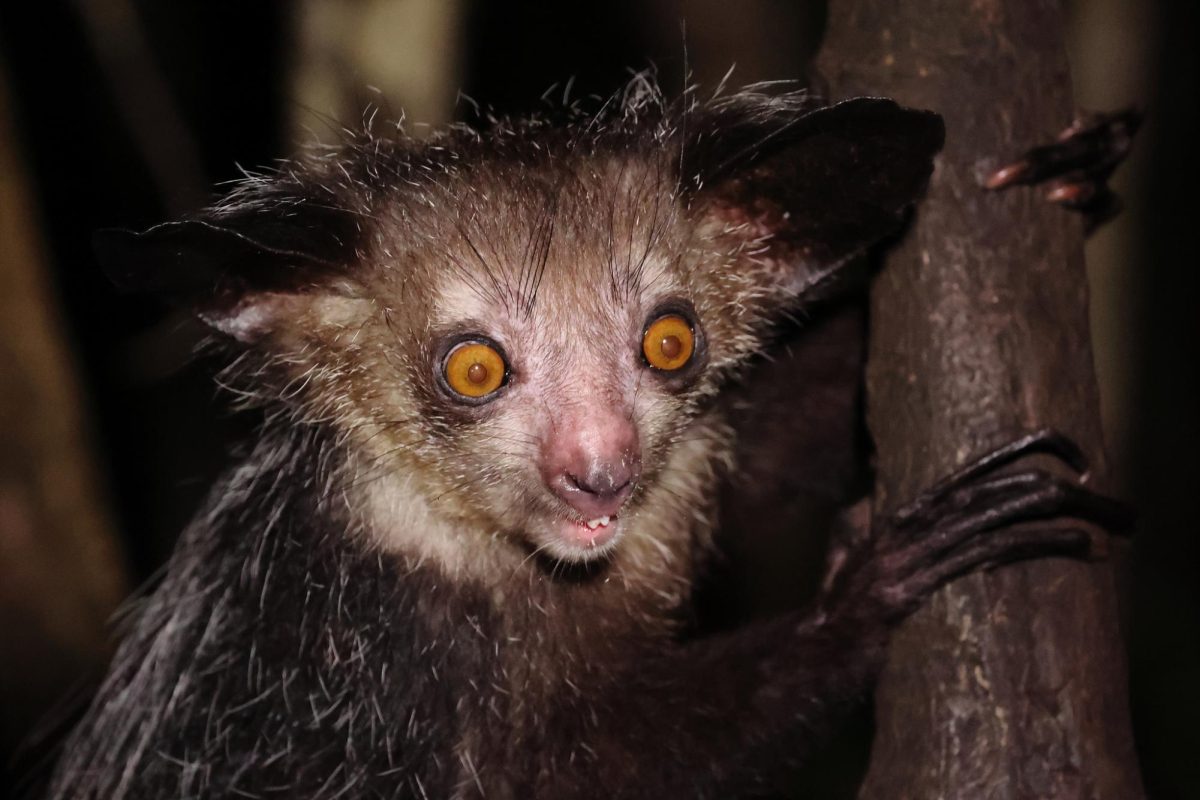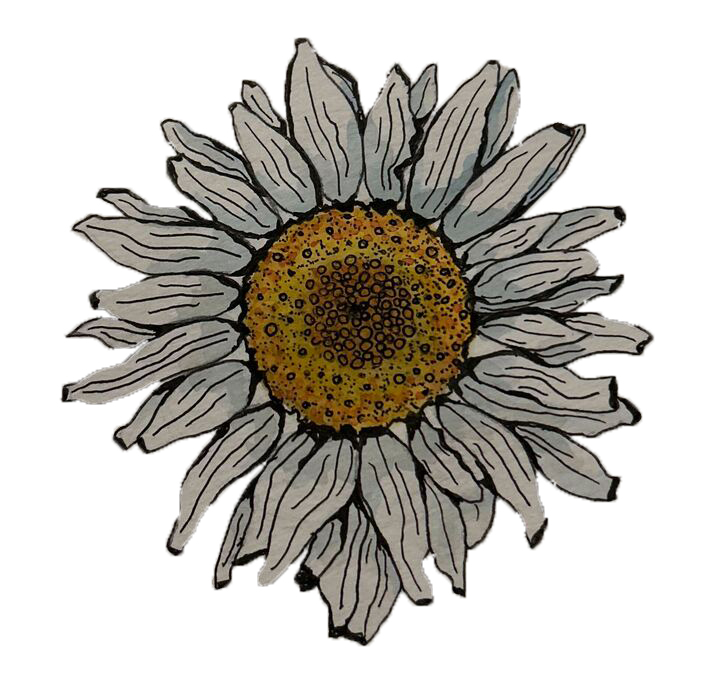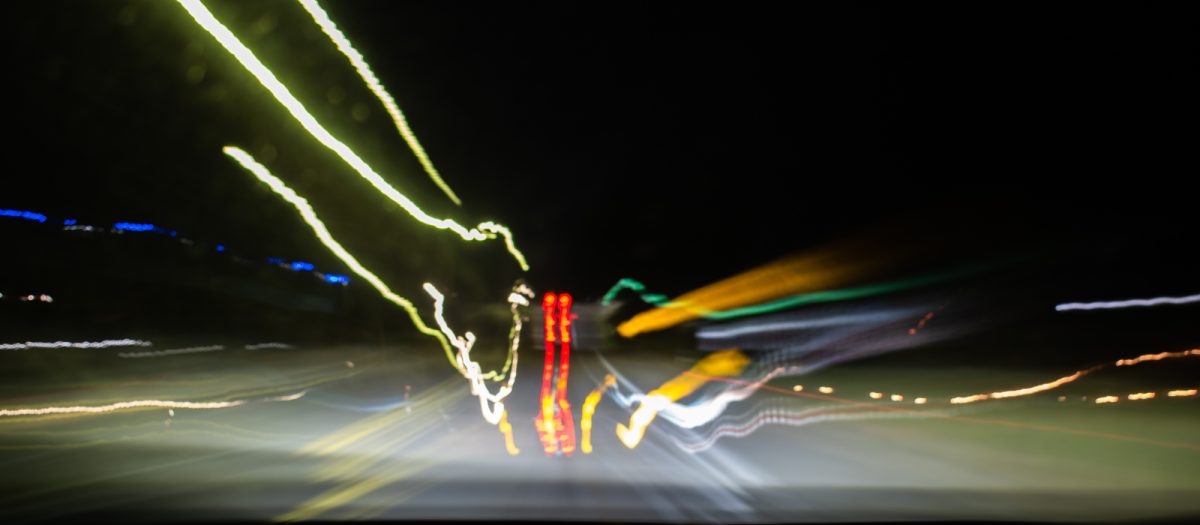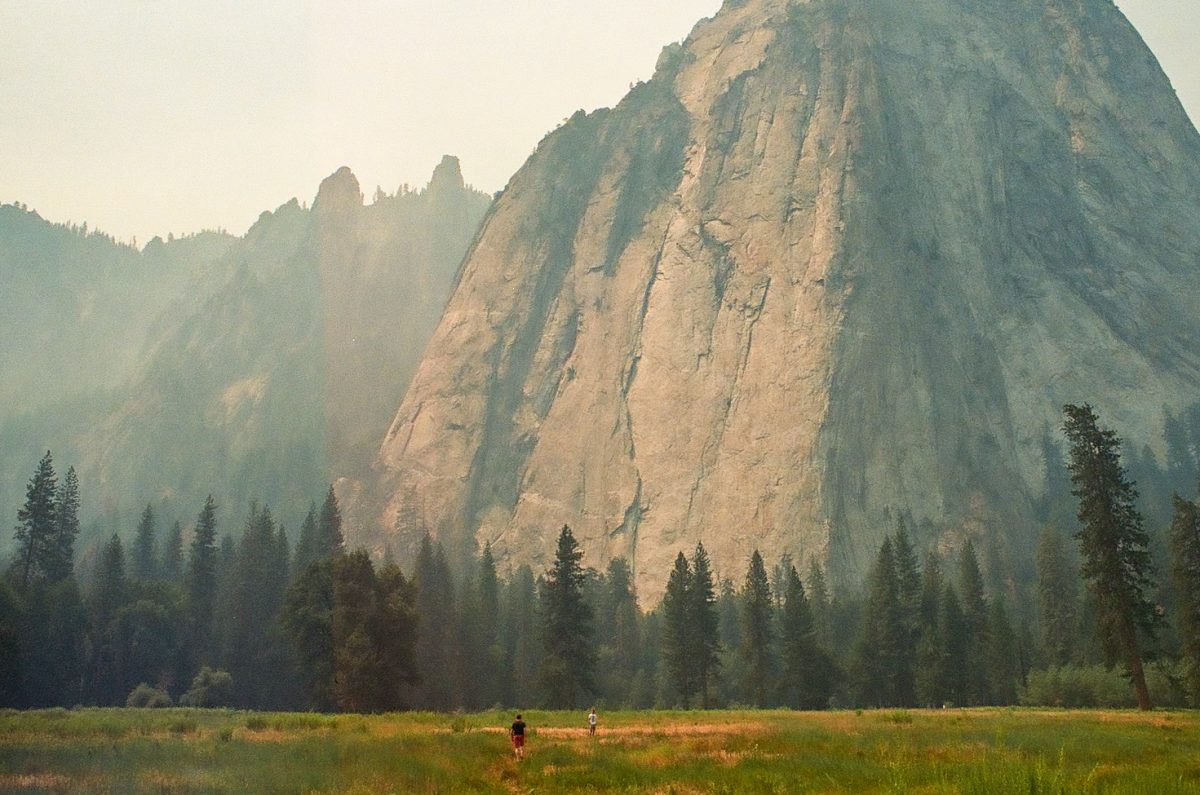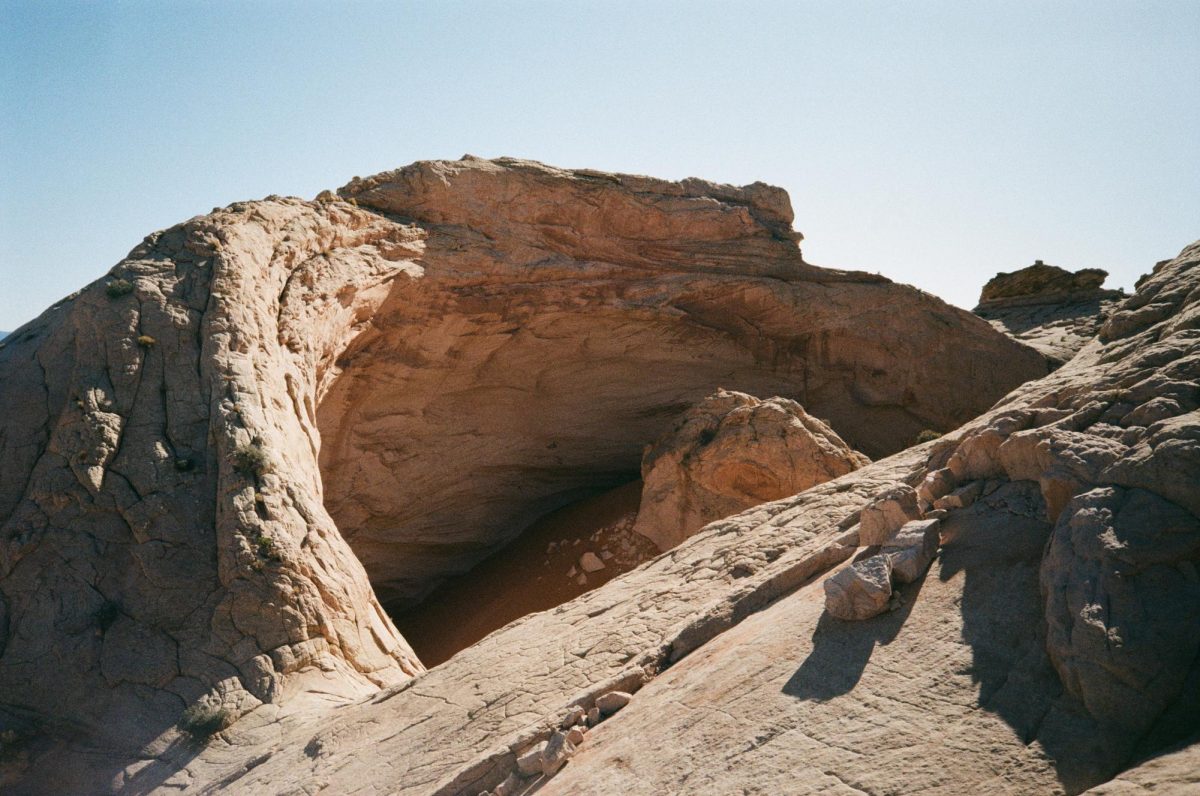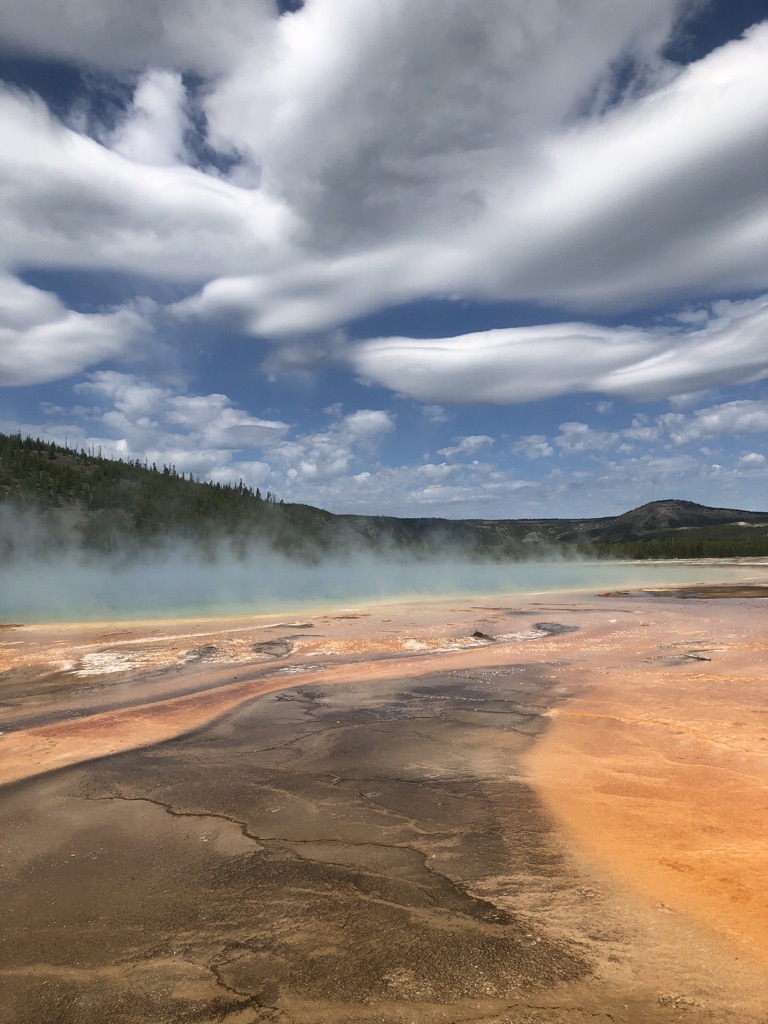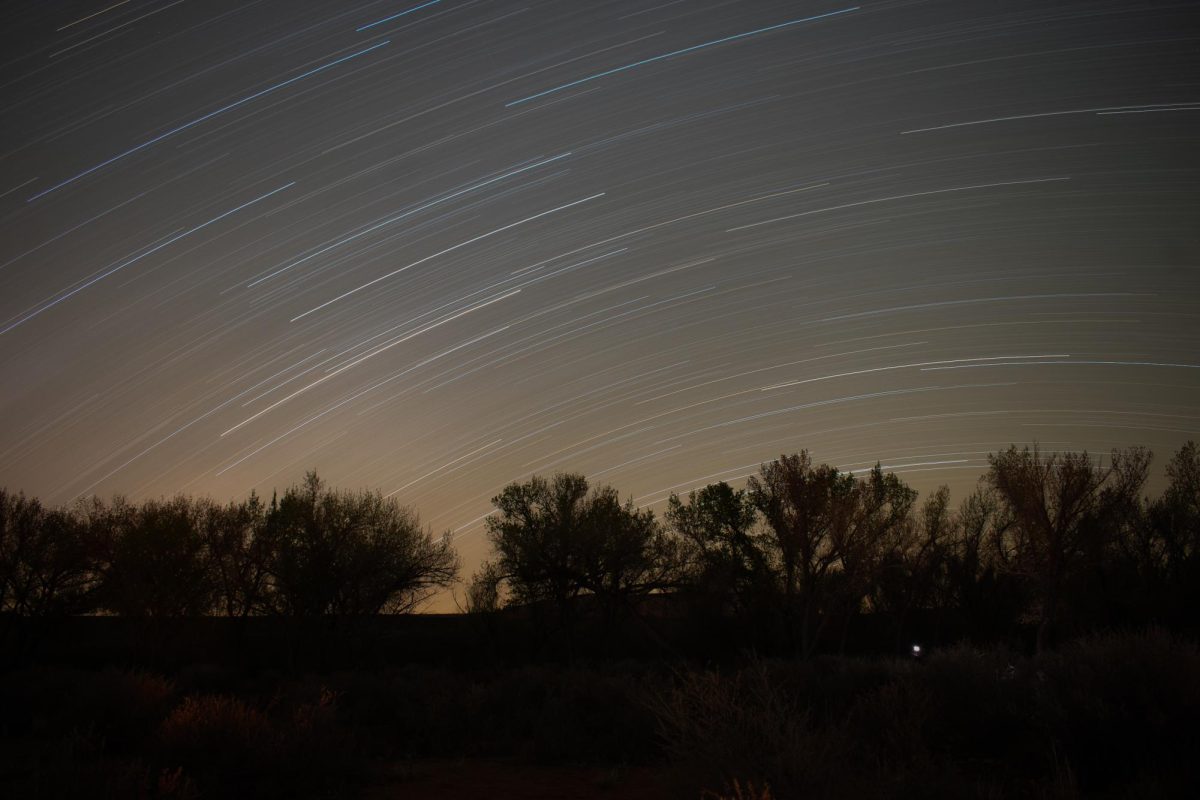Intersectional Environmentalism: A Conversation with Leah Thomas
September 12, 2020
Leah Thomas’s voice comes crackling through the phone on a hot summer afternoon, “So great to speak with you! You should know that if I’m breaking up, it’s because I’m driving through the mountains right now. I’ve been a little busier than usual recently.” That feels like a very humble understatement considering that not only did her social media following grow by more than 120,000 followers in the last month, but she also coined the accepted definition of Intersectional Environmentalism, is leading that movement, launched the Intersectional Environmentalist website, organized the Council within that platform, is writing a book, and continues to work as an Activist and Eco-communicator.
Originally from Florissant, Missouri, Leah Thomas went to college in Southern California, where she currently lives. While home on summer break in 2014, the Ferguson unrest erupted in her neighborhood after the police shot 18-year-old Michael Brown Jr., only days before she had to return to Orange County. “When I got back to school, my biology major just wasn’t connecting anymore. I started going on hikes to process what was going on and I realized nature could be a tool for healing. So, I switched my major to environmental science and policy with a focus on environmental justice.”
After college, Thomas worked for Patagonia’s PR and communications team for two years and wrote for her sustainable living blog, “Green Girl Leah.” In early May she was focusing mostly on activism and freelance writing. Amidst the resurgence of the Black Lives Matter movement, she shared a graphic on Instagram, showing her support for the movement and introducing her definition of the term Intersectional Environmentalism. Three weeks later, her platform had grown by more than 100,000 followers and she was rocketed to the frontlines as a leader, bringing together the missions of the people and the planet with Intersectional Environmentalism. “It’s interesting and kind of strange, but I’m just really thankful that I have the platform. It’s a lot, but [it’s] also really beautiful. What I’m trying to navigate right now is that initially, it was just so much positive response to the content I was creating, and that’s happening still, but I’m starting to get more negative or non-environmentalist commentary,” Thomas said. “Now it’s not just me being protected by [environmentalists] and speaking only to them. But it is so great to be able to reach those who don’t agree with me because that can be some of the most impactful work.”
What is Intersectional Environmentalism?
Intersectional Environmentalism as defined by Thomas is, “An inclusive version of environmentalism that advocates for both the protection of people and the planet. It identifies the ways in which injustices happening to marginalized communities and the earth are interconnected. It brings injustices done to the most vulnerable communities, and the earth, to the forefront and does not minimize or silence social inequality.” While she isn’t comfortable saying she is the first to use or define the term, since language is very fluid, Thomas’s definition is currently the most widely accepted.
Intersectionality is a theoretical framework first coined by Black feminist scholar Kimberlé Crenshaw in 1989, used to describe the differing layers of bias and discrimination that people, a group of people or a social issue may be affected by. Intersectionality recognizes that identity markers like “Black,” “gay” and “woman” do not exist independently of each other and often intersect to create a unique mix of oppression within someone’s lived experience. “When I learned about intersectionality in college, I actually learned about it through white women,” Thomas said of her introduction to intersectionality. “It was great because I had some amazing woke white female friends who introduced me to intersectional feminism, but I didn’t know that the theory of intersectionality was created by a Black woman… until a few months ago during my own research. And I don’t want that to happen with Intersectional Environmentalism.” Thomas’s upcoming book on Intersectional Environmentalism — projected to be released in spring or summer 2021 — aims to set the stage and the guidelines for this new form of environmental advocacy while acknowledging Crenshaw’s foundation, and giving the world a resource on how to be an intersectional environmentalist. “I would love for people to know that Black women are pioneering what the theory of intersectionality is. And I don’t want that to get left out or co-opted by other people,” Thomas said.
Why should my environmentalism be intersectional?
When it comes to environmental hazards, communities of color and marginalized populations often bear the most burden. There are clear and established patterns of race and socioeconomic status that correlate to areas most affected by pollution and climate change. Take the Flint water crisis, for example, or a study from the University of Michigan and the University of Montana that found that hazardous waste areas are disproportionately located within communities of color. Sixty-eight percent of all Black Americans live within 30 miles of a coal-fired power plant and three times the number of children from East Harlem end up hospitalized for asthma than the average rate of children in New York City. These statistics, and so many more like them, point to the fact that access to clean air and non-hazardous living standards are drawn along racial lines. In an interview with ski mountaineer and activist Caroline Gleich, Thomas stated, “I’m told that in environmental circles our mission is to fight for the planet to make sure that this planet is safe. But then I wonder, ‘ok I’m fighting for clean air, but for who?’ Because if a lot of Black or Brown communities don’t have access to clean air or water, then I’m not fighting for myself — I’m only fighting for the advancement of white environmentalists. And that’s just something I feel like I can’t do anymore.” It’s not a coincidence that Black and Brown people are disproportionately killed by police and affected by environmental hazards. The same systems of oppression are working against people of color in multiple ways, which is why it is crucial that white environmentalists step up as allies and recognize the need to make the environmental movement inclusive of those who are most severely affected.
Leah Thomas has been writing nonstop about Intersectional Environmentalism recently. During some of her research on the history of both social justice and environmental movements, she began to notice patterns in their timing and tactics. “I had a moment where I was thinking about how the Civil Rights movement was happening throughout the sixties, and that the environmental movement happened almost immediately after in the late sixties and early seventies,” Thomas said. “But more than that, the environmentalists used the same tactics, but it was led by white people and no people of color, which is when I said, ‘Hold on, this doesn’t seem like a coincidence.’” Leah explained that while it is great that environmentalists were inspired by the Civil Rights movement and fighting for great change, that piece was always left out of the conversation. “They used similar practices like sit-ins and boycotts, yet never acknowledged where they got those tactics from,” Thomas said. The repeatedly close timing of these movements doesn’t stop there. “Something very similar happened again in 2019 and 2020. Last year and in the beginning of this year, we had some of the biggest youth climate marches ever. And now we’re having this huge resurgence of the Black Lives Matter movement, and I just don’t think it’s a coincidence that environmental movements and civil rights movements are happening back-to-back.” Thomas explained that as history continues to repeat itself, the best thing we can do is unite. “Climate justice is social justice. And if they’re using the exact same tactics, why not fight for both issues at the same time, together?” she asked.
As an outdoor enthusiast, it’s likely that you’ve spoken up about some sort of environmental policy that may negatively affect your favorite recreational areas, nearby fragile wildlife habitats, the state of the climate, etc. Yet when it comes to advocating for the safety and voices of Black people, Indigenous people and people of color, there is a noticeable silence from white environmentalists. Take a look at the marketing and social media materials from almost any outdoor brand and you would be hard-pressed to find models of color. How many athletes sponsored by your favorite gear company do you see that aren’t white? A 2010 study from the National Parks Service showed that only 7% of National Park visitors are black. If this is the outdoor industry’s definition of inclusivity, it’s not a very good one.
When asked how she likes to spend time outside, Leah responded, “I love, love, love just being in the sun, even if it’s just sitting in the grass or being at the beach — that’s what fills my heart with a lot of joy and makes me feel so connected to the environment.” Perhaps in another life she was a tree, or a flower, and right now her connection to the earth and its people is not just deep, it’s impactful. 2020 has been a bit of a ride, but with Leah Thomas at the helm, the future of environmentalism is hopeful and inclusive.
I want to be an intersectional environmentalist, where do I go from here?
While Thomas’s book is still in the proposal phase, there are tons of free resources on her Instagram @greengirlleah and on the Intersectional Environmentalist website — intersectionalenvioronmentalist.com. The Intersectional Environmentalist Council brings together BIPOC and LGBTQ+ environmentalist voices to advocate, explore and uplift causes within their communities and within the movement as a whole. Their bios, pages and resources can be found on the IE website as well.

